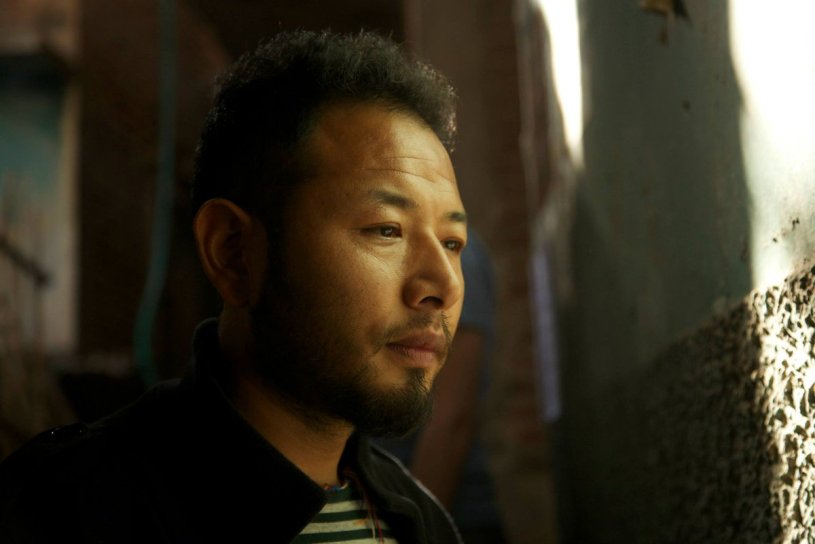Sonam Tseten’s ‘Pema’ and ‘Settlement’: Vignettes of Separation and Waiting in Exile
Gokul KS
Tibetan filmmaker Sonam Tseten explores complex exile experiences through his films focusing on everyday realities in different emotional and physical locations of statelessness. He has made several shorts, documentaries and narrative feature films, including Tsampa to Pizza, A Girl From China and Pawo (co-directed with Marvin Litwak). Tseten finds his stories in the most unexpected spaces and captures the overlooked moments of life. All his films, except Pawo, are not about grand events or significant political episodes in the exile Tibetan history. They are often portraits of everyday life coated with fictional murmurs.
This essay focuses on two of Sonam Tseten’s recent shorts – ‘Pema’ and ‘Settlement’. These two films follow the recurring motifs of separation, encounter, reunion, loneliness, and internal struggles present in Tseten’s previous works. At the same time, the poignant aesthetic choices, subtle visual narration, and the deep thematic layers offer a Hilal Baydarov -ish kind of reflection of experiential conditions of Tibetans in exile revolving around two separations.
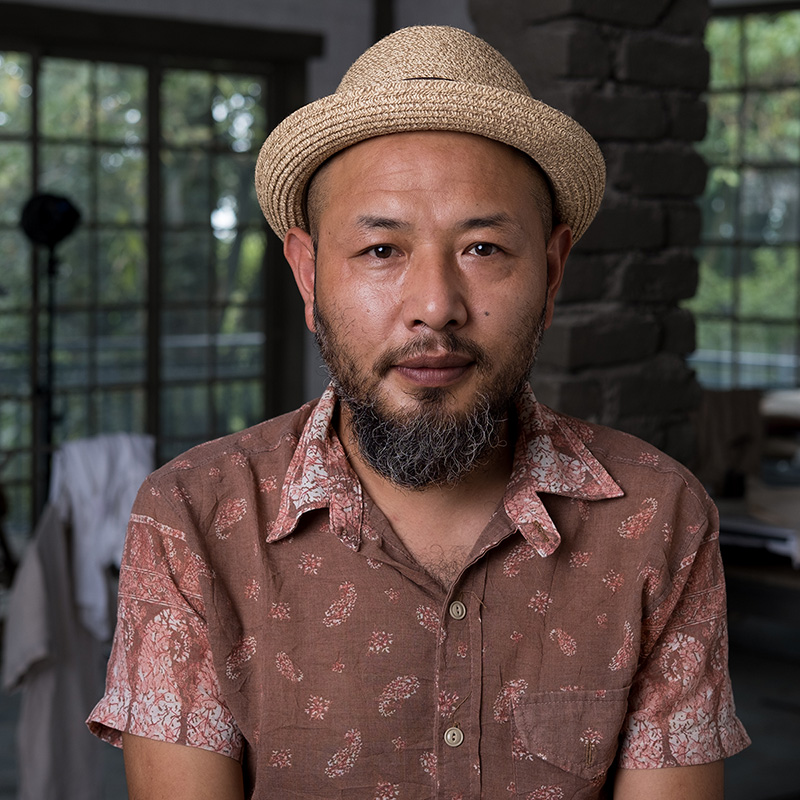
Tseten’s debut film Tsampa to Pizza, as the title hints, looks at the identity crises of two Tibetan youths – Tenzin and Dhondup –navigating between western pop-culture influence and the political struggle in exile. The low-budget film marked the arrival of a promising filmmaker who delicately presented the inner struggles of the younger Tibetans who have to step up to the political struggle that demands their active involvement and conviction. A Girl From China, Tseten’s sophomore feature, is a story of two people – Que, a Shanghai-born Chinese woman and Karma, a Tibetan man living in exile in India – who undertake a journey together from Delhi to Dharamsala. Their subsequent conversations challenge the preconceived notions about each other, and Que learned about the Tibetan community in exile and their struggle. This story of an unexpected encounter between a Chinese and an exile Tibetan is based on actual incidents.
His next film, A Place in the Sun documents the transgenerational accounts of four exile Tibetans – Thupten Samphel, Tenzin Nawang, Samten Dhondup and Bawa Kalsang Gyaltsen – who share their experiences of past and aspirations for the future about the Tibetan struggle for self-determination. Tibet TV released the film in 2020 as a part of CTA’s docu-series initiative. Finally, Pawo is set in the backdrop of the 2008 Uprising in Tibet, where the protagonist Dorjee is arrested by the PRC police for participating in the protests and brutally tortured in prison. He is forced to go into exile in India, where he finds it difficult to channel his rage to protest in the seemingly perfunctory activism of Majnu-ka-tilla neighbourhood. When he resorts to an extreme mode of protest, we are left with a harrowing spectacle that carries the pain, fire and miseries of generations of Tibetans resisting the Chinese occupation of their homeland.
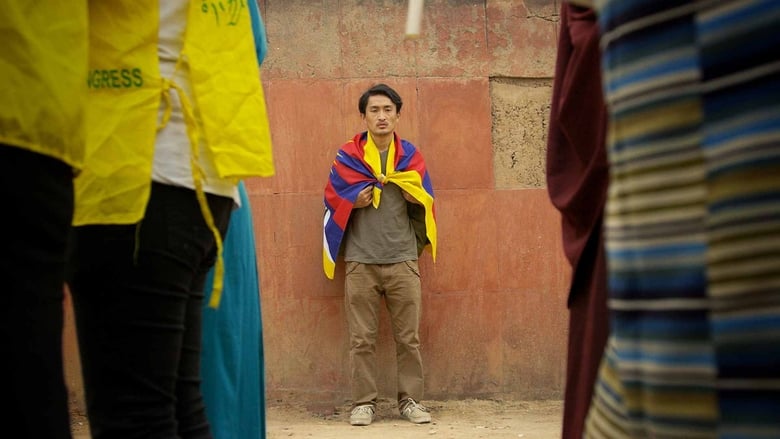
Exile, Everyday
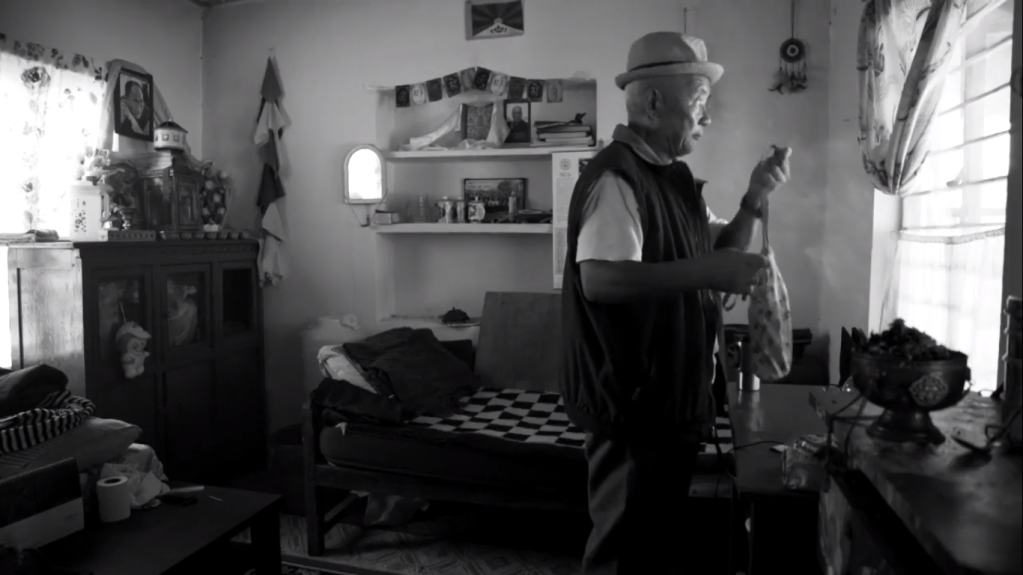
To come to the two shorts, ‘Settlement’ is a vignette of an elderly person’s ordinary day in a rural Tibetan settlement. In the monochromatic visual scape composed of static medium and long shots, the camera captures/observes his daily routine. Tseten chooses to highlight only a few carefully selected moments from a long tiring day. These moments are representative of the person’s experiential realities of exile. We hear him uttering “Tashi Delek, son” to an absent son before falling asleep. Juxtaposing this one moment with the reality in many Tibetan settlements, we assume that his son has migrated to the West. Tseten’s focus is on the emotional and personal dimensions of separations resulting from migration and exile and how it impacts everyday life and uneventful moments, quite apart from the political treatment of the issue of migration within the exile community.
When the elderly man returns home by late evening, a shift happens in the sonic narrative and the night sounds now resonate with loneliness. One can feel the emptiness, solitude and pain in his life. Tseten does not present a clearly defined narrative about the person in the frame or his whereabouts but chooses to let the gaze linger on the pervasiveness of the exile as a constant presence in everyday life.
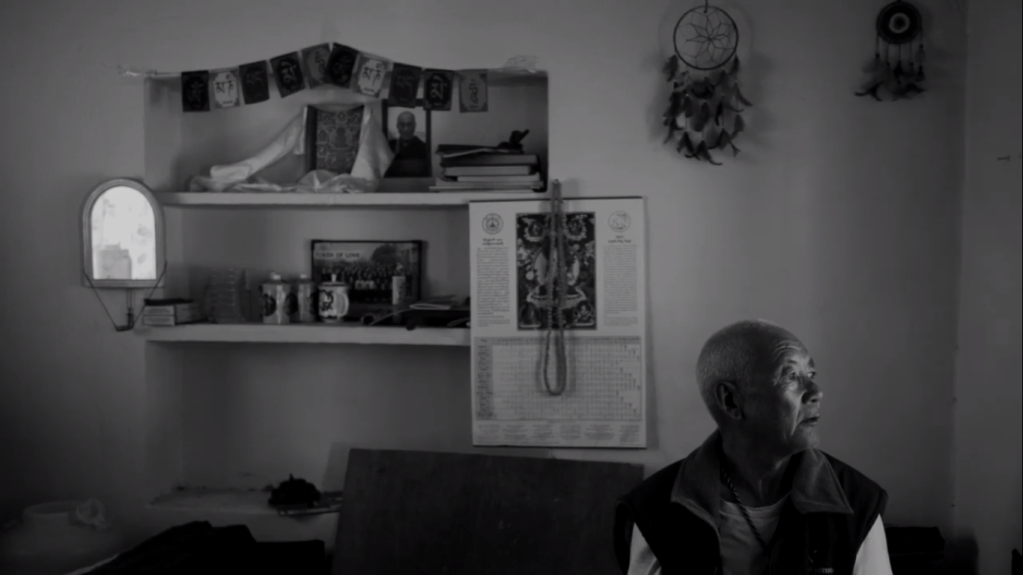
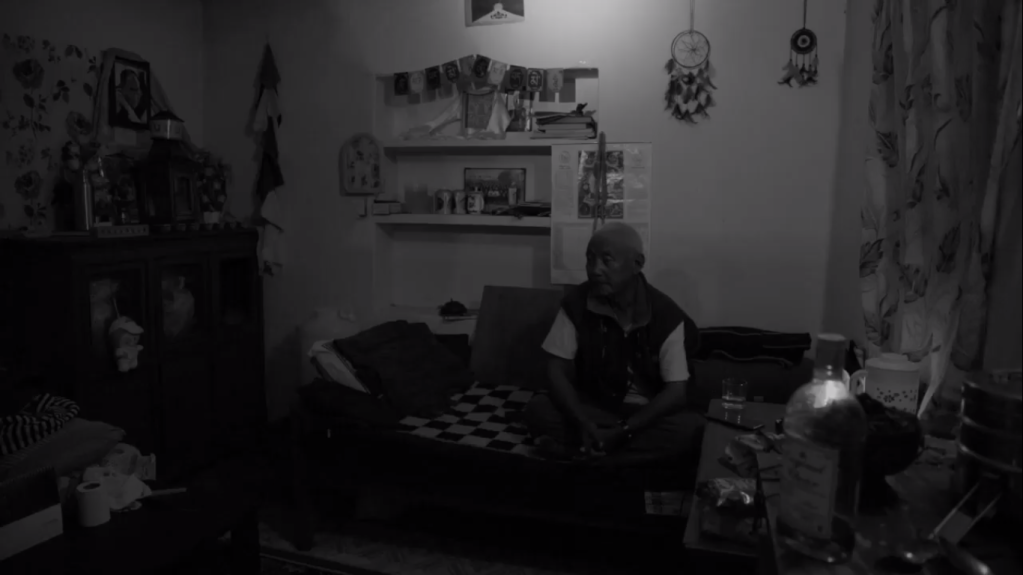
Similarly, memories of a painful separation linger throughout the visual narrative in the short film ‘Pema’, where exile is expressed mostly through ‘frame-within-frame’ moments. It is not a typical working day for Pema, a young woman living in a Tibetan settlement. She receives a call from the Tibetan administration office, and it turns everything upside down – or it would seem so. Pema was separated from her parents when she was young. Growing up in McLeodganj, ‘the displaced space’, she could not contact them. When she comes to know that her long-lost father, Kelsang, is here to see her, Pema goes through an emotional rollercoaster. From the top angle shot inside the room, where she is searching for a photo, we can understand that Pema has been waiting for this day, ‘the encounter’, to happen at some point in her life. One can assume from the same shot that she is not prepared for that long-awaited moment.
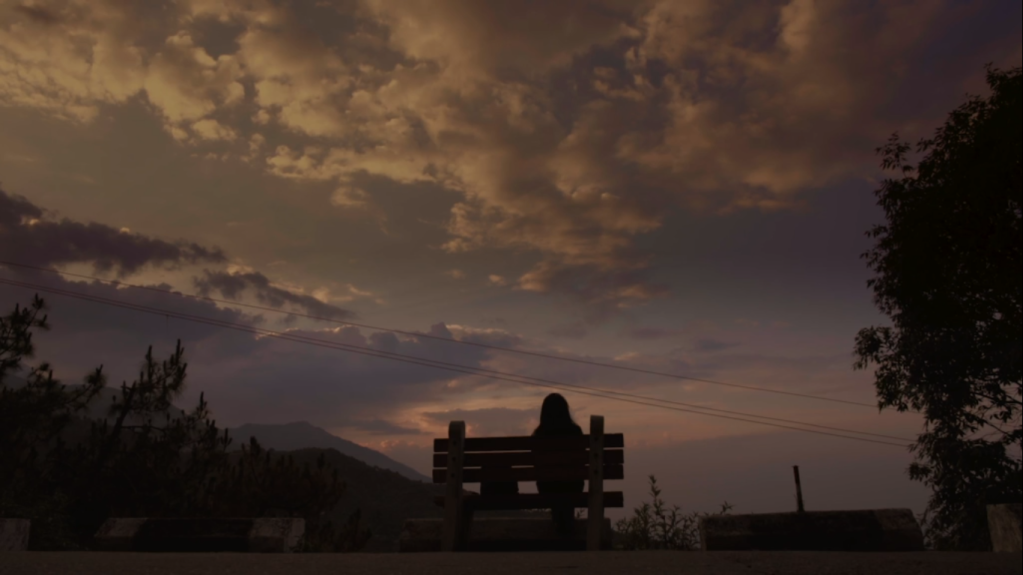
Through certain aesthetic choices – boxed in frame-within-frame shots, seen through glass, separated by a wall – and a painful silence at the end, Sonam Tseten reflects on her struggles from a deliberate distance. The ‘encounter’ in the ‘displaced’ or ‘exile’ space (s) gains a new dimension in this short, hitherto unexplored in other Tibetan films.
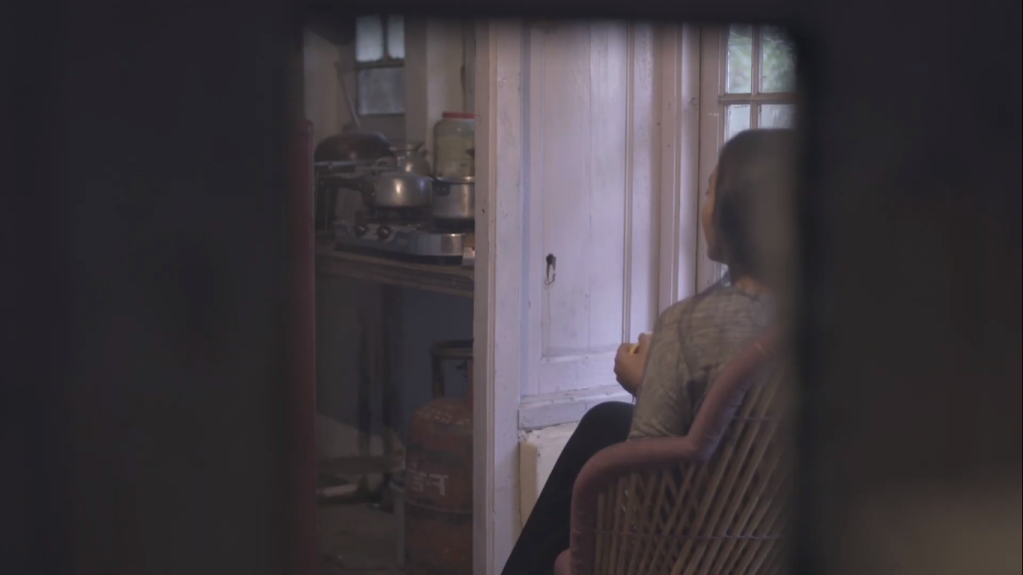
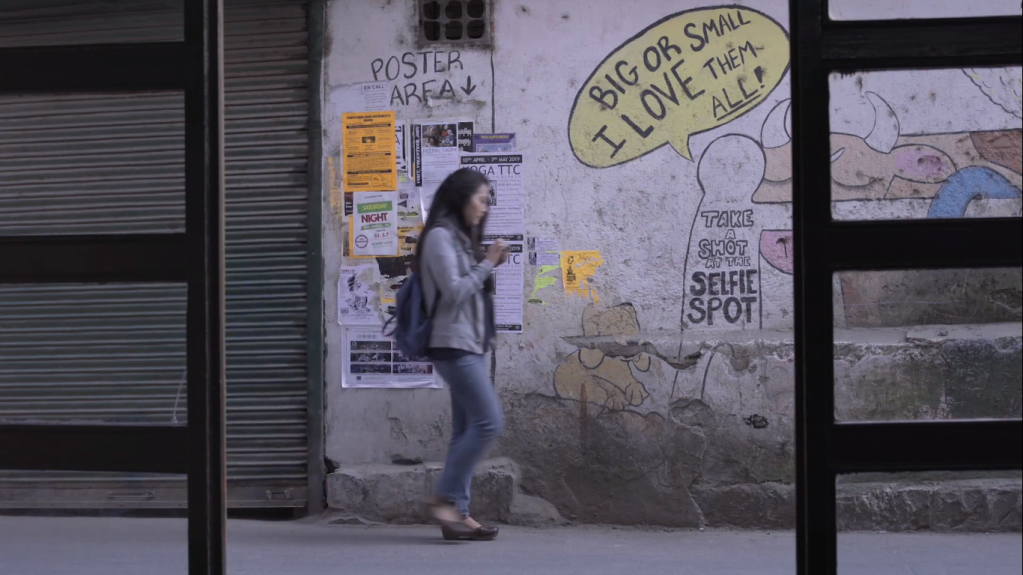
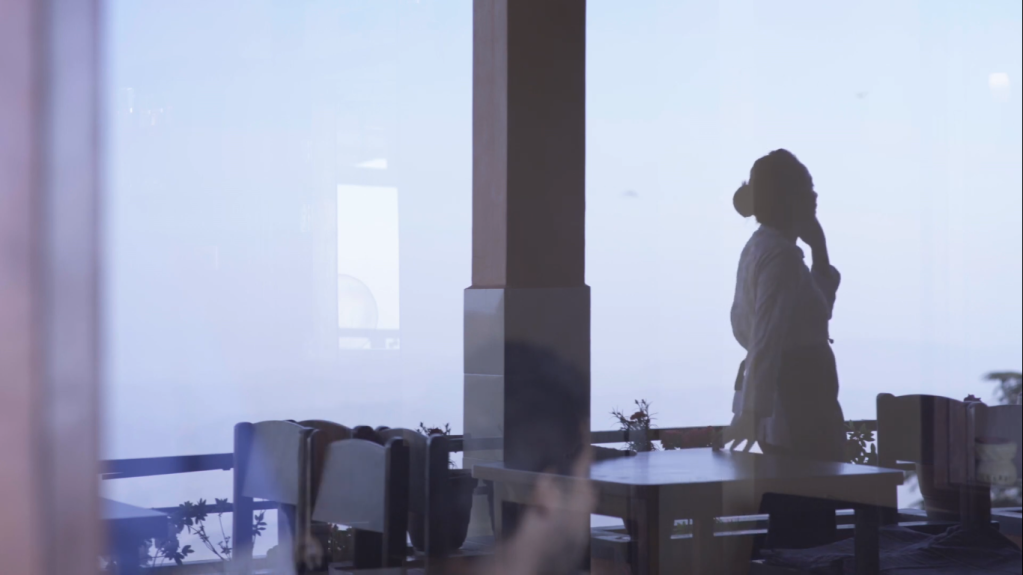
There have been similar explorations of ‘exile encounters’ in other Tibetan films. For example, in ‘The Sweet Requiem’, directed by Tenzing Sonam and Ritu Sarin, the ‘encounter’ between two protagonists – Dolkar and Gompo – leads to the suspension of temporalities. Dolkar vividly remembers the arduous journey they undertook from Tibet to reach India, and the moment she sees Gompo, everything resurfaces. Memories from Dolkar’s past and its reverberations in her present life in Majnu-ka-tilla forms the film’s core that foregrounds the journey into exile and the never-ending internal journeys. In Pema, the ‘encounter’ – between Pema and Kelsang – is partial and abrupt. In the fragmented moment, they undergo another displacement, which is subtly shattering. These two ‘encounters’ in different contexts depict how ‘everydayness’ encompasses intense emotional experiences deeply rooted in specific exile conditions. How often do we read/hear about such moments in historical and socio-political narratives of exile Tibetans?
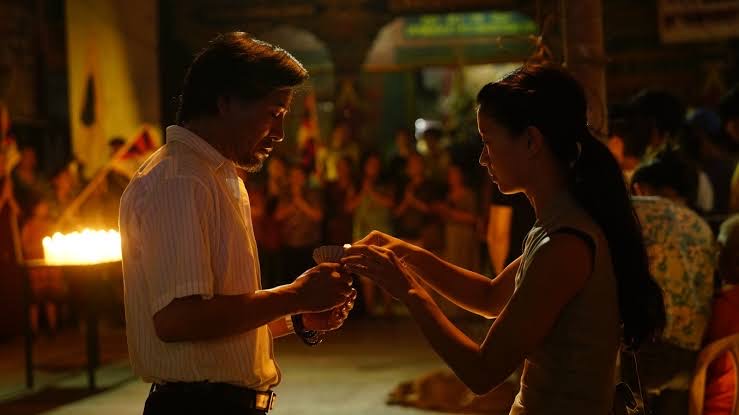
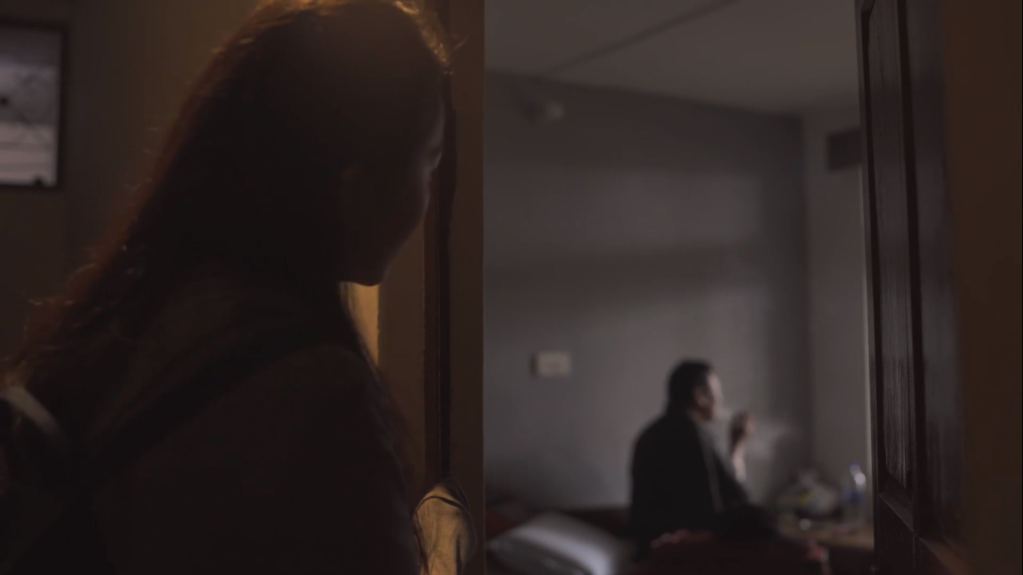
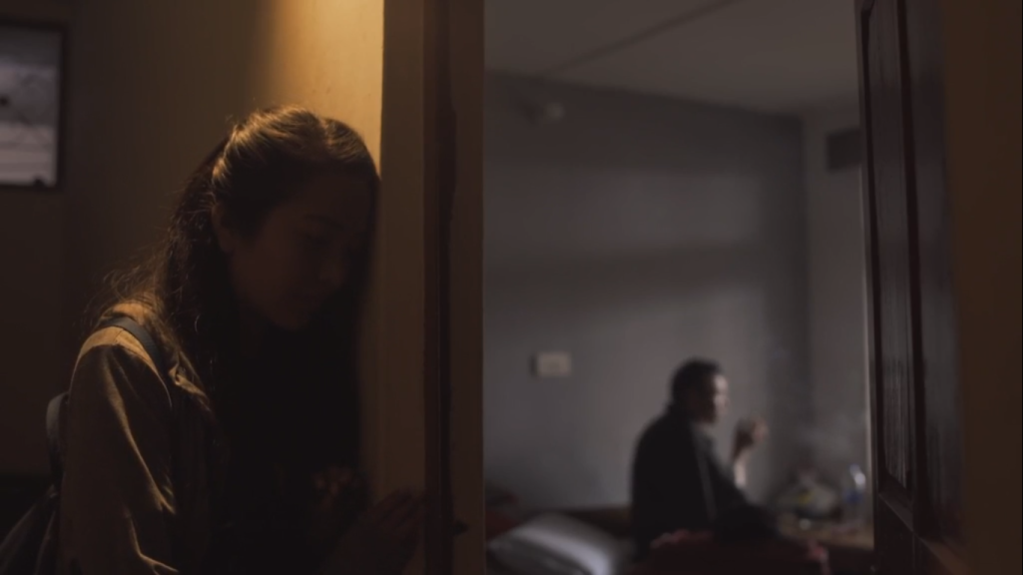
The everydayness of exile seems intense when the filmmaker sheds light on its (in)visible realities. Sometimes people forget to acknowledge that internalizing exile, or displacement, or statelessness – as an experiential condition – is a process of everyday negotiation that continues till the end of one’s lifetime. In a different context, as Cynthia Enloe puts it, “the mundane matters”. It reveals and conceals. It speaks and remains silent. Ordinary moments constitute overlooked experiential realities. Looking or not looking at them itself is a political exercise. Sonam Tseten shows us why it is important to look at the ‘everyday’ through the lens of exile. Even in the minute details, there are gateways opened to enter an emotional terrain, which though open to interpretation, allows access to some motifs only to those who are going through similar experiences. Yes, a wall or a door separates/connects us (the characters with the viewers).
Vignettes, Aesthetics
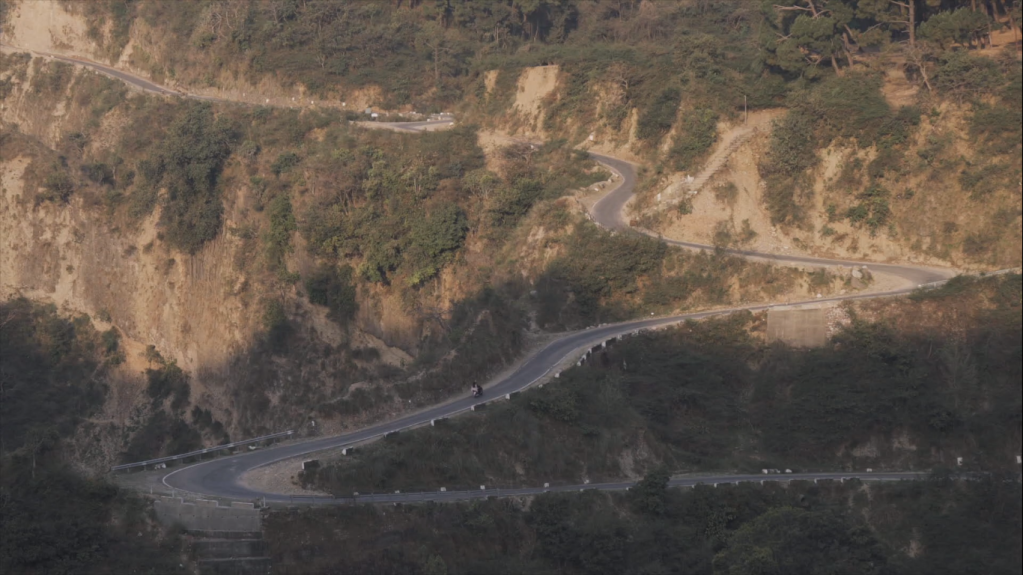
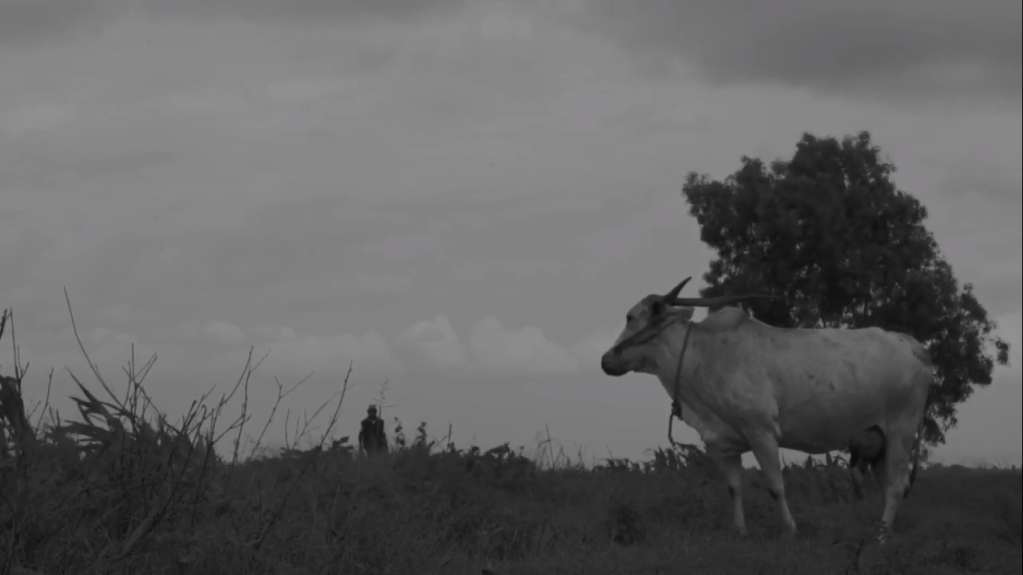
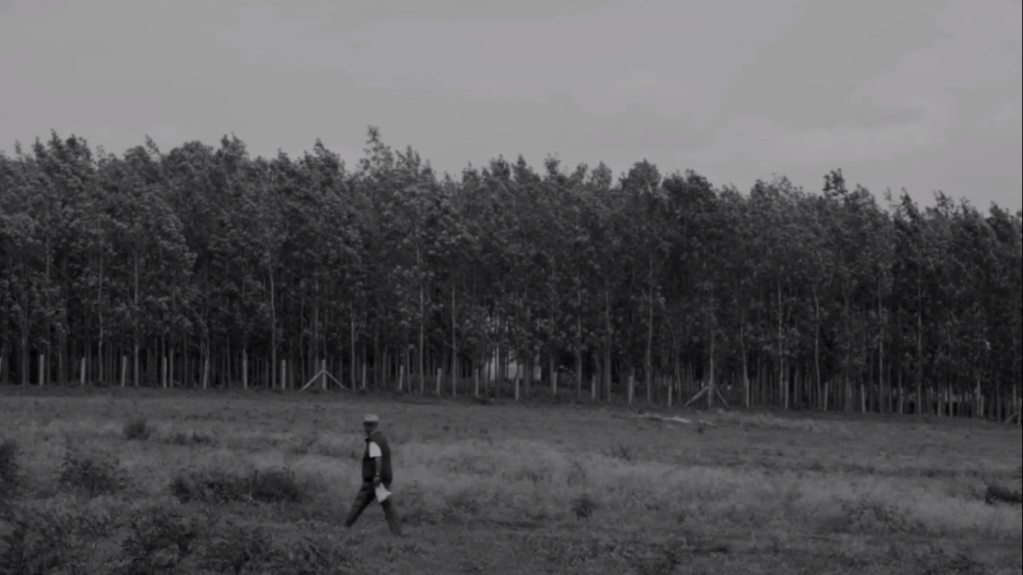
Both the elderly man in Settlement and Pema are negotiating, among other things, profound loneliness. Leaving the homeland behind, living a life in exile, financial hardships, children migrating to the West, aspirations about the eventual return, and at the end of the day realizing it is another day gone by, and restarting the same routines again – loneliness is felt in every frame. “Sir, I lost all contact with my parents and family since I arrived in India,” says Pema. While she is searching for a single old photo – a representative image that stands for family, homeland, and memories of the past – one can imagine to an extent what “lost contacts” meant to her.
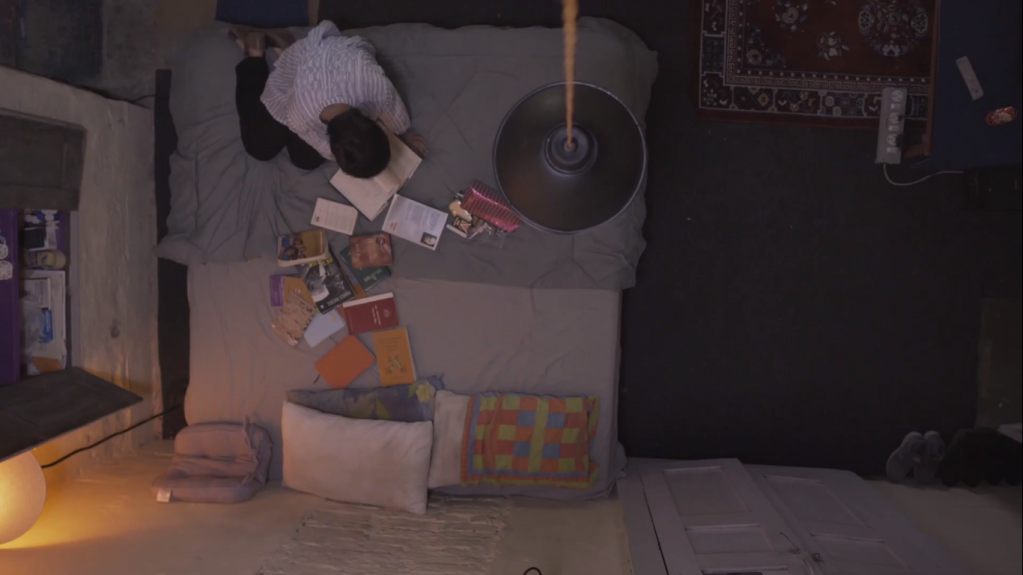
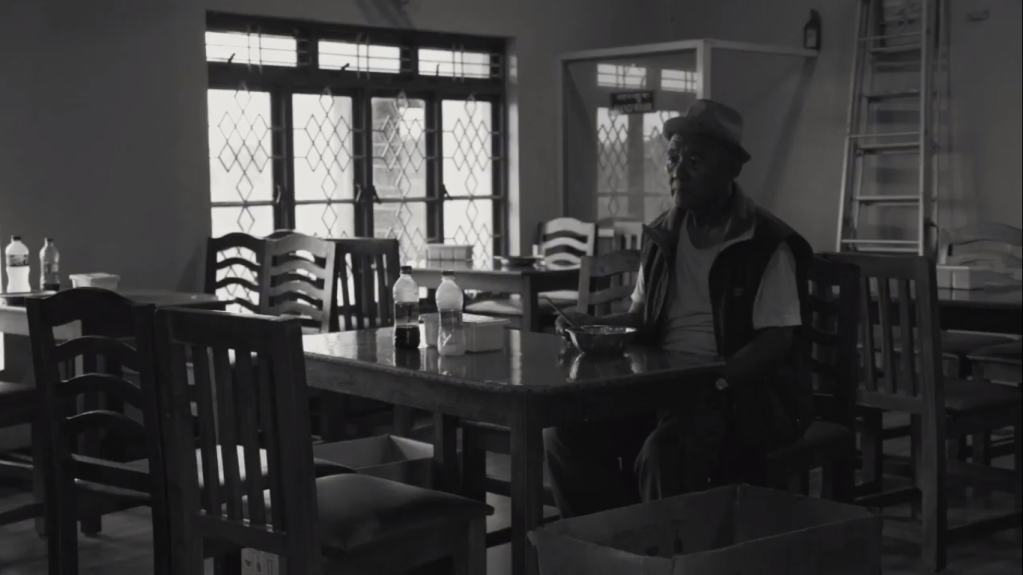
Waiting is another layer that connects both the shorts – waiting for the children to return, waiting to see the “lost contacts”, waiting for ‘the return’, waiting to see your children, to escape from the loop of exile, and waiting for waiting (s) to end. All these motifs or layers explored in the shorts emerge from personal experiences inhabiting the ‘in-between’ location of statelessness.
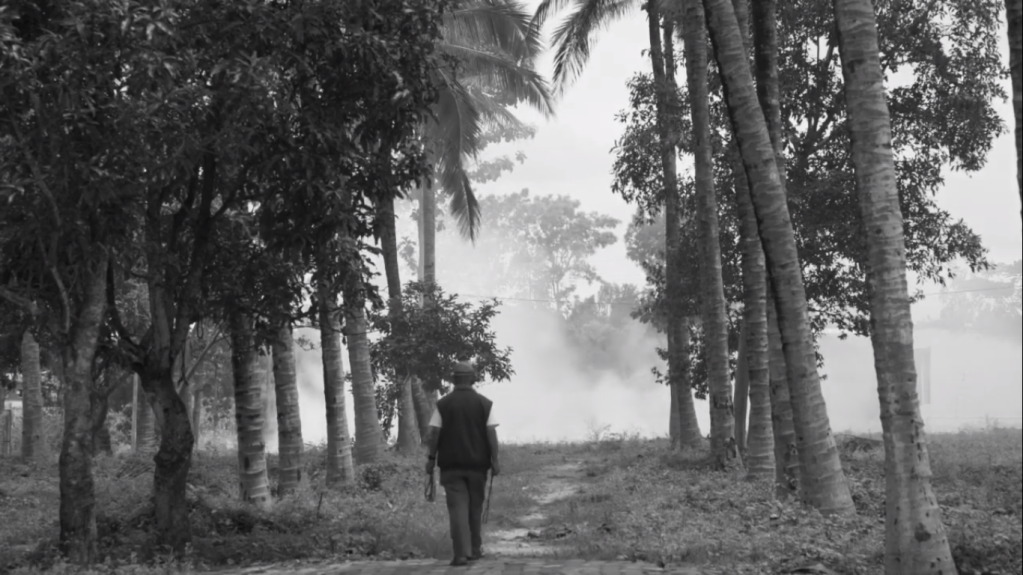
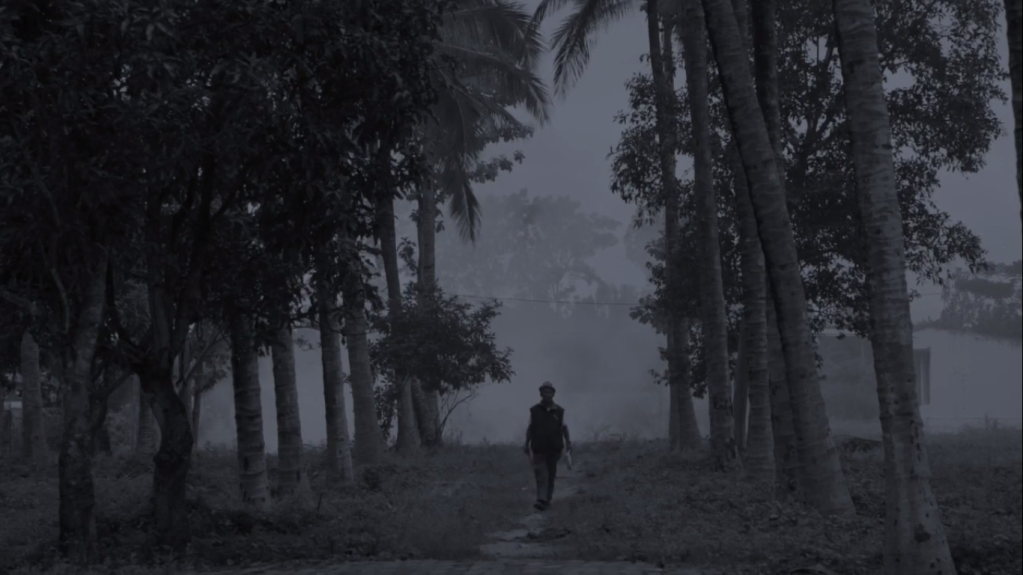
The vignettes of separations, encounters, solitude, exile and displacement can be connected to the larger history of Tibetan exile and struggles. People who have visited a Tibetan settlement would know its aesthetics and geography. In Settlement, from the sounds of nature to the wide shots that establish the geography, Tseten embodies the quintessential Tibetan settlement. The agricultural lands and monasteries are inseparable from the image and imagination of a Tibetan settlement.
Exile is not a homogenous experience or a condition. It is diverse, complex, personal/collective, transgenerational and political. Embarking on a journey to understand exile as an experiential condition leaves us with an array of diverse voices and silences. I believe aesthetics give valuable layered insights into the subjectivities, specificities and intricacies of exile or statelessness. Art breathes experiences, carries emotions and shares thoughts. Some filmmakers do the same with their visual and sonic expressions. Sonam Tseten’s short films reaffirm my thoughts and perspectives on aesthetics as a source of enquiry to understand and interpret exile and statelessness as an intensely personal yet universal human condition. The films, on the surface, look ‘ordinary’. Diving deep into it, one realizes it is ‘ordinary’, but the distance between the surface and the depth is a site of constant learning.
Feature Image Courtesy: Tibet Film Festival
The author is a PhD Candidate at IIT Madras researching on ‘Tibetan cinema and filmmaking’ and co-curator of Tibetscapes
